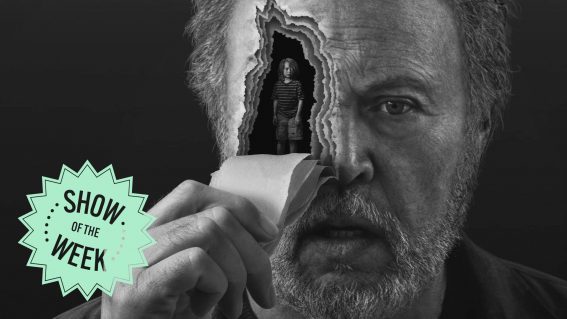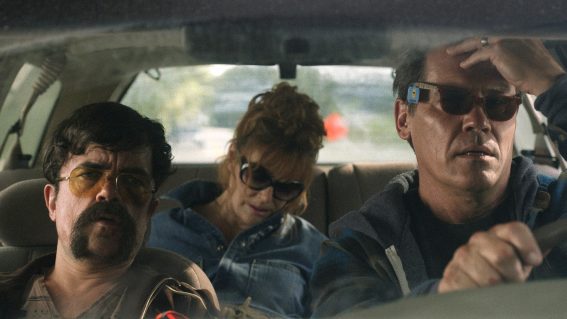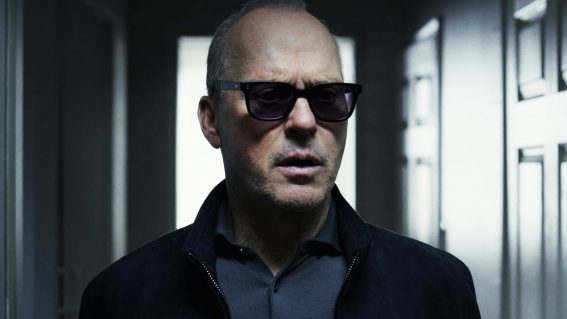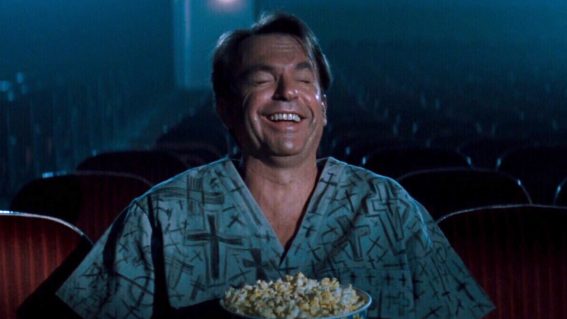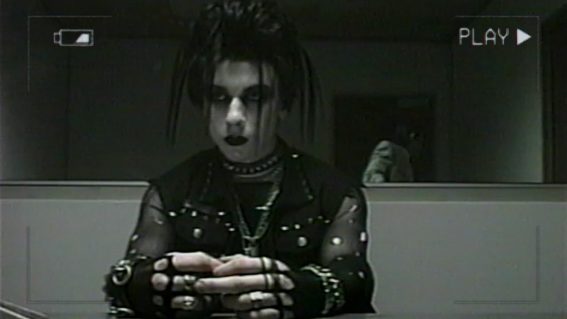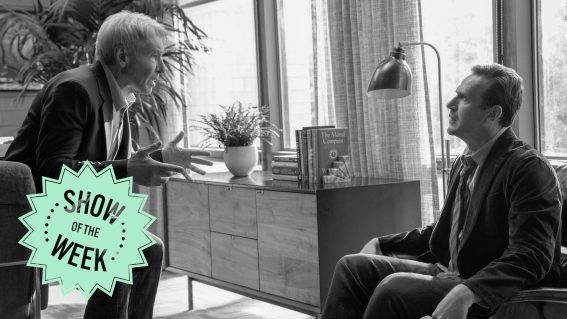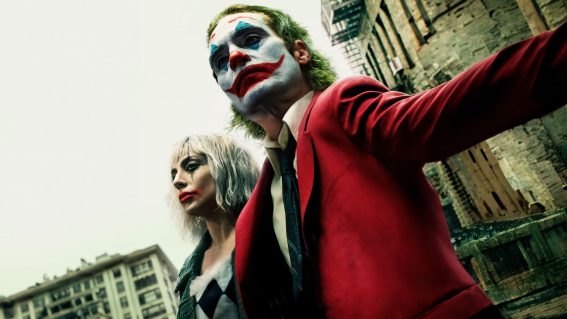Clarisse’s Show of the Week: The Rings of Power is inching towards greatness
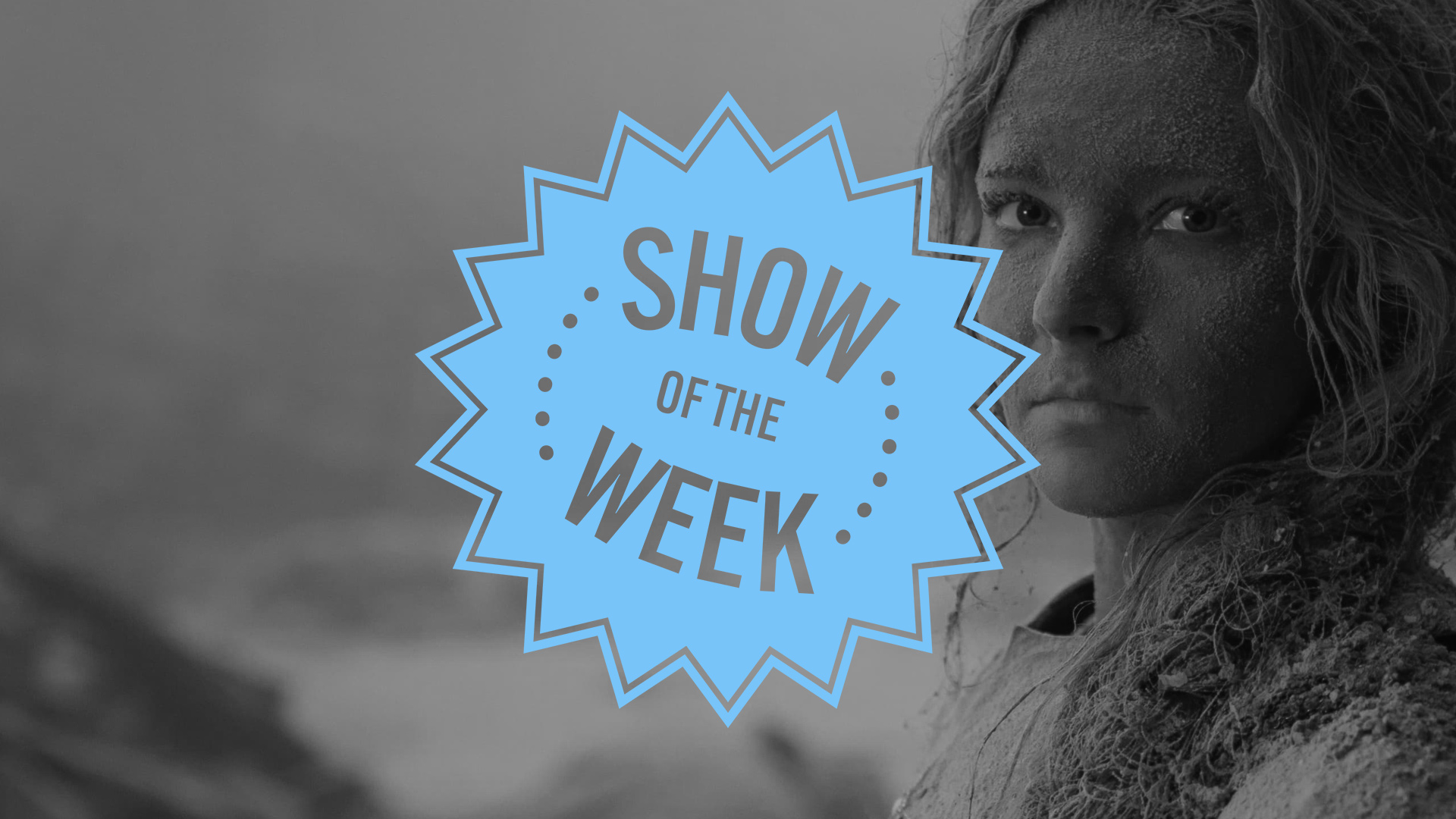
We’re all drowning in content—so it’s time to highlight the best. In her new weekly column, published every Friday, critic Clarisse Loughrey picks a great new show to watch. First up: the small, low budget production The Lord of the Rings: The Rings of Power.
The Lord of the Rings: The Rings of Power is growing on me. Slowly, but surely. Prime Video’s small-screen extension of JRR Tolkien’s Middle Earth has become my own instructive course on managing expectations. I belong—and I’m hardly unique in this—to the generation who greedily consumed Peter Jackson’s Lord of the Rings trilogy in the early 2000s, enchanted by what was an early taste of cinema’s capability to render the poetic into flesh, and map out emotions as vast and endless as the stars themselves.
It was a formative experience. Those images, places and people are as ingrained in my memories as a first kiss or first sip of alcohol. To this day, I can hardly hear the words “you bow to no-one” without shedding a tear.
And though I wasn’t adamantly against returning to Middle Earth—a world I loved dearly, after all—I don’t think I was the only one who watched the first episodes of The Rings of Power with an odd sense of cognitive dissonance. The series looks different, but not quite different enough—like settling for off-brand ketchup in the supermarket.
A very expensive ketchup, mind you. Amazon dropped $465 million on the first season alone, on top of $250 million paid to Tolkien’s estate to secure the rights to the 3,441 years that comprise the Second Age of Middle Earth’s history. The Lord of the Rings takes place in the Third Age. The Simarillion, a dry accompaniment to those stories, deals with the First Age. The Second Age remains largely unwritten, outside of Tolkien detailing a few of its key events. Amazon has essentially been given carte blanche to carve out its own niche.
But Jeff Bezos, despite all his riches, somehow couldn’t agree to an accord between Amazon and New Line Cinema, the studio behind Jackson’s films. There’s been no equivalent to Sony Pictures lending Disney their Spider-Man, and so The Rings of Power can contractually make no direct reference to The Lord of the Rings trilogy. The series cannot serve as a prequel. But, clearly, because our concept of Middle Earth is so shaped by those films, showrunners JD Payne and Patrick McKay had to pull off a kind of magic trick to convince audiences that a direct line does indeed run between their work and Jackson’s. The effect is a little disorientating—at least to a hardcore fan like me.

The familiar characters that root The Rings of Power—Galadriel (Morfydd Clark) and Elrond (Robert Aramayo)—have been delicately cast in order to echo both the appearances and performances of their predecessors in Jackson’s trilogy: Cate Blanchett and Hugo Weaving. Clark’s performance, especially, is cannily pitched. There’s a tension in her jaw, and a ferocity in her eyes that recalls the Galadriel who, when tempted by the Ring, declared that “in place of a Dark Lord you would have a Queen! Not dark but beautiful and terrible as the Dawn!” Her story here is a sort of coming-of-age, the tale of an elf maiden who can sense that evil is not defeated; that Sauron—the faithful lieutenant of the slain spirit Morgoth—still dwells in the shadows, biding his time. Her determination to pursue him sees her at odds with the rest of her race.
There are other, not-so-elegant appeals to nostalgia dotted about the place. Boromir’s utterance of “what is this new devilry”, when faced with the Balrog in The Fellowship of the Ring, has been retooled to the copyright-friendly “what devilry is this” and handed to one of Galadriel’s companions. There are magical fireworks. The orcs say “stinkin’”, in reference to the famously memeable “we ain’t had nothing but maggoty bread for three stinking days!”
There are parallels throughout the character relationships, too: the begrudging friendship between dwarf and elf is represented by Elrond and Prince Durin IV (Owain Arthur); the love between elf and human by Arondir (Ismael Cruz Córdova) and Bronwyn (Nazanin Boniadi); and the humble hero and their stalwart companion by the proto-hobbit Harfoots Nori (Markella Kavenagh) and Poppy (Megan Richards). There’s even a mysterious stranger, Halbrand (Charlie Vickers), who’s followed by whispers of lost royalty.
But I’ve come to regard these touches as like a set of training wheels, ready to fling off once the series gains momentum. Not only does The Rings of Power correct one of the greatest flaws of the film trilogy—its suffocatingly white-centric and, on some occasions, outrightly racist (see: the Easterlings) depiction of fantasy worlds—but it continues the work of Jackson’s co-writers, Fran Walsh and Philippa Boyens, in expanding the contributions of Tolkien’s women.

Under the direction of JA Bayona, Wayne Yip, and (in the upcoming episodes) Charlotte Brändström, it’s shown us rich and wondrous new parts of the map. There’s plenty of inspiration here diverging from Jackson’s vision: the Mycenaean-esque jewellery worn by Durin IV’s wife, Disa (Sophia Nomvete), the first female dwarf depicted on screen, or the colourful, Mediterranean architecture of Númenor, the great seat of men. All of it looks so very, very epic; every dollar spent splashed across those sprawling vistas. As the series goes on, I’m hopeful the connections between these disparate characters will deepen, even if they lack the immediate propulsion of Frodo taking his first steps towards adventure.
But there I am again, chaining this show to memories of my own childhood. It does The Rings of Power an unfair disservice. Instead, let me throw that baggage to the side, and embrace once more the thrill of discovering Middle Earth.



